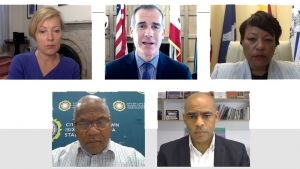Tackling Inequality by Investing in Infrastructure
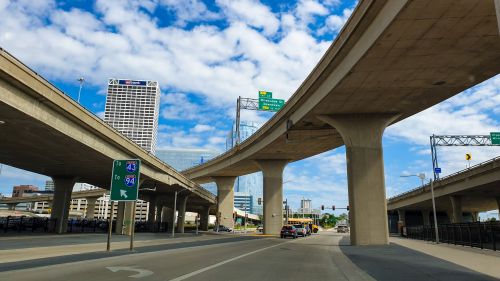
By investing in infrastructure, the United States can prepare communities to participate in a changing economy, increase access to opportunity, and address challenges highlighted by the COVID-19 pandemic.
Updating the country’s infrastructure is a powerful way to tackle some of our most pressing economic and social challenges. For the Midwest, a region with unique infrastructure deficits, this agenda is crucial to building a more equitable future for all its residents.
Here's what you should know:
Infrastructure is the foundation for our entire economy.

We all rely on roads, bridges, and highways to make our system move. But it’s not just the showstopping projects that matter. Less obvious infrastructure, like high-speed broadband and public transportation networks are equally important in today’s economy.
Infrastructure can reduce inequality.
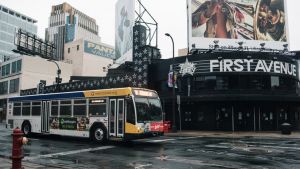

When used correctly, infrastructure is a unique tool to narrow inter-community divides in opportunity. For historically marginalized communities, renewed infrastructure investment can provide better access to jobs, healthcare, and quality education and training. Focusing efforts in these communities will allow residents to fully participate in a changing economy.
The Midwest’s infrastructure is in bad shape.
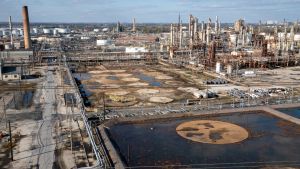
Renewing infrastructure is crucial for the future economic health of the region. The Midwest has the highest per capita cost for needed infrastructure repairs, the largest share of brownfields, and the most severe racial segregation in the country. These deficits hamper the regional economy, curtail opportunity for marginalized populations, and aggravate the opportunity gap between communities in the region.
The COVID-19 pandemic made the divide worse.

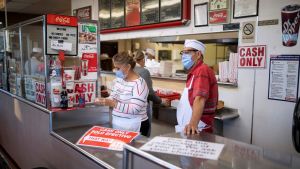
Those with remote-ready jobs have weathered the pandemic more easily than those unable to work in physically distanced settings. High barriers to entry for broadband access, either because of cost or availability, have further slashed opportunity for marginalized populations.
Connecting all communities into the economic fabric of the Midwest by renewing infrastructure would not only improve access to opportunity, but would also help bridge intercommunity divides that have widened by the shift to a new, remote economy.
Here’s what we can do:
Recommendation 1:
To start, infrastructure spending needs to be more flexible so it can be tailored to each community’s unique challenges, whether that’s access to high-speed internet or public transit to strong job opportunities.
Recommendation 2:
At the same time, federal and state funding should incentivize metro-wide infrastructure development planning to enhance regional competitiveness.
Recommendation 3:
Future infrastructure planning discussions must include inclusive, equitable goal setting and success metrics, rooted in feedback from residents and local organizations, as the standard.
Recommendation 4:
Most importantly, new infrastructure investment and attention should be focused on communities of color and communities that have struggled to move beyond the region’s former, industrial-heavy economy.
Related Content
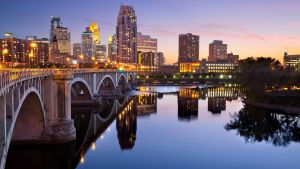 Global Cities
Global Cities
John Austin and Alexander Hitch examine policies and priorities to drive equitable economic recovery in the Midwest in a world reshaped by COVID-19.
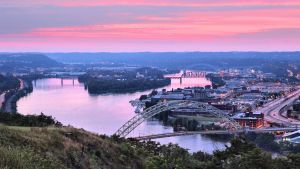 Global Cities
Global Cities
The Midwest possesses a dynamic political and economic history that lies at the center of America’s economic growth and keeps the region front and center in politics today.
